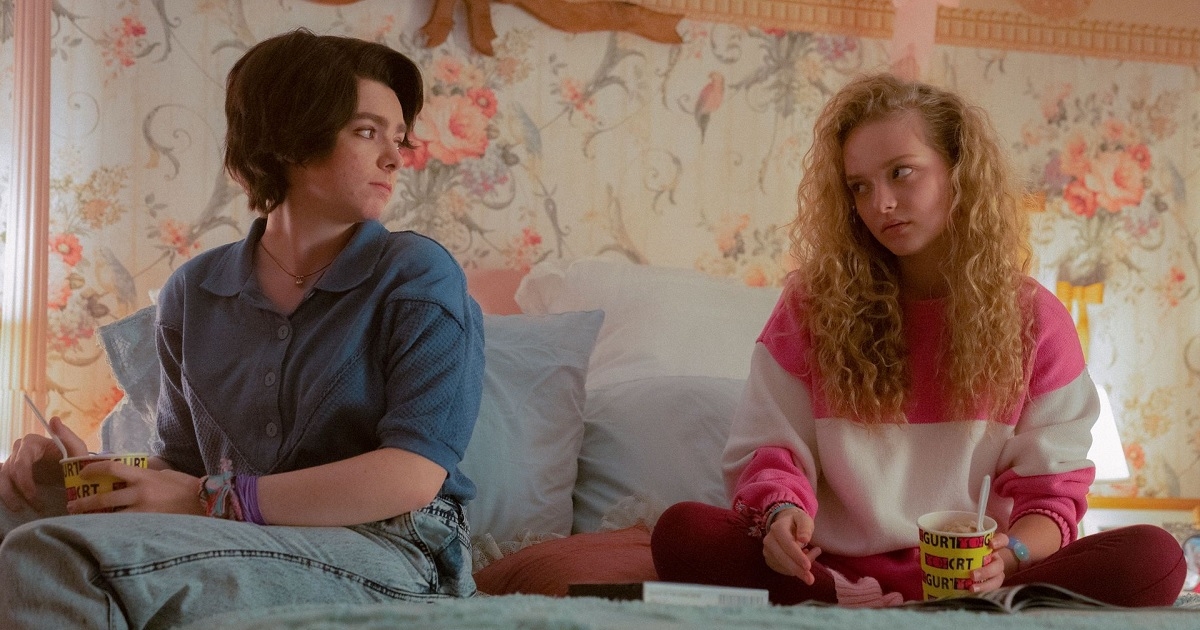As a textile artist, designer and educator, Kate Nartker understands firsthand how calming the repetitive process of weaving can be. As a researcher, Nartker has found that involvement in textile arts also has important benefits for others.
“Weaving is my anchor; it’s my foundation, it’s what I love most, and it’s where all my research ideas come from,” said Nartker, assistant professor of apparel, technology and textile management at North Carolina State University. “More and more, I found that weaving is taking on a bigger and bigger role for me in terms of giving me space to reflect and take a step back.”
Nartker also saw how textile arts and crafts can be an important outlet for others. Her grandmother used quilts to channel her grief after the loss of her daughter – Nartker’s aunt – even though her grandmother had never made quilts before.
“She made stacks and stacks of quilts. It was his saving grace,” Nartker said.
In a recent study, Nartker wanted to see how quilting and other textile arts such as embroidery or weaving may have helped isolated adults in seniors facilities during the COVID-19 pandemic. She interviewed 12 women between the ages of 70 and 90 about their involvement in textile arts and crafts before and during the pandemic. The interviews were conducted between March 2020 and 2021. Abstract spoke with Nartker about what they learned:
The Abstract: Why did you want to study how older people used textile arts and crafts during the pandemic?
Kate Nartker: Most research on artistic participation among seniors has focused on organized enrichment programs. Consistently, research has pointed to the benefits of the social connections of these classes. During the COVID pandemic, however, many people lost this social piece. They have lost access to these services and programs that have proven so effective in emotional health. People were very quarantined in their own spaces. We wanted to see if there were still benefits to getting involved with textile craft beyond the social aspect, and also to see if and how this was related to coping with isolation.
TA: How have people been affected by the pandemic?
Nartker: In our little study, some people said they weren’t bothered, but for a lot of people, it was devastating. They were very lonely – they said they felt like climbing walls or losing their minds. It just exacerbated some of the existing mental health issues.
TA: How were people participating during the pandemic?
Nartker: All the participants were creating on their own. Some of them joined online communities, but most became isolated on their own. Eventually, some began to informally meet outside.
TA: What kind of crafts did they do?
Nartker: In terms of crafting skills, they were all very advanced. Each participant was involved with various craft techniques, such as knitting, weaving, crocheting or embroidery, for decades. For some, it was about creative expression. There was one participant who was really drawn to creating their own designs and being experimental, while others were more into following patterns or making gifts for others, and it was less about artistic expression. We saw people using textile crafts to document what they were going through during the pandemic. A woman has embroidered the word “COVID” with tiny cells flying everywhere. She also did a series where she sewed buttons in the shape of cells. She said, “I hope we survive this thing” so she could pass it on to her grandchildren.
TA: What were some of the most powerful impacts you’ve seen from textile crafts?
Nartker: Two participants had dementia or Alzheimer’s. One participant said: “with knitting and crochet is right in front of me, I can see what I just made. I can get it.” This is really important information. There is limited research on textile craft activities as an occupation for people with cognitive impairments or memory problems. We want to explore this further.
We also think there’s something useful in repetition. Every textile craft activity involves repeating the same action – whether knitting, weaving, crocheting or embroidery. This echoed what people have found in other research that repeating mantras or chanting can be therapeutic. Interestingly, they were all able to recognize that it was the repetition or rhythm of activities that soothed and healed.
For one woman, she was in constant pain, and she talked about how she has to crochet and embroider; it keeps your mind off the pain.
TA: Are you planning future research on this topic?
Nartker: One of the limitations of our study was that all the participants I spoke with were already passionate about textiles. In future work, we want to do a study with a larger population and talk to a more diverse group of elderly people. I applied for a grant from the National Endowment of the Arts to continue this research on a larger scale.



